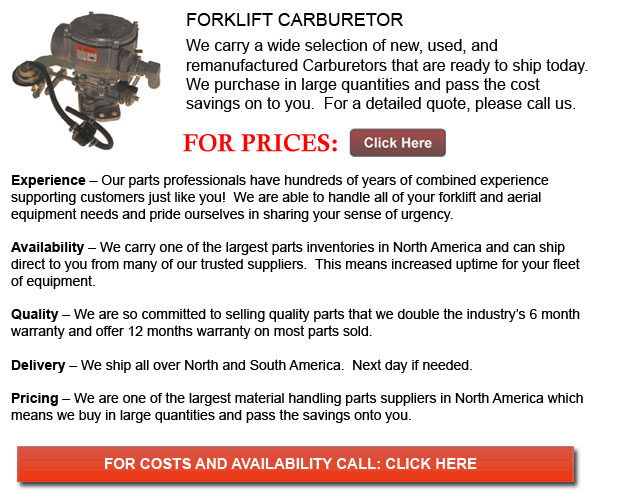
Forklift Carburetor - Blending the air and fuel together in an internal combustion engine is the carburetor. The machine has a barrel or an open pipe referred to as a "Pengina" wherein air passes into the inlet manifold of the engine. The pipe narrows in section and afterward widens over again. This format is called a "Venturi," it causes the airflow to increase speed in the narrowest part. Underneath the Venturi is a butterfly valve, that is also called the throttle valve. It operates to be able to regulate the air flow through the carburetor throat and controls the quantity of air/fuel combination the system will deliver, which in turn controls both engine power and speed. The throttle valve is a revolving disc that could be turned end-on to the airflow so as to hardly limit the flow or rotated so that it could absolutely stop the air flow.
This throttle is usually attached through a mechanical linkage of rods and joints and at times even by pneumatic link to the accelerator pedal on a car or equivalent control on different types of machines. Small holes are placed at the narrowest part of the Venturi and at different parts where the pressure would be lessened when not running on full throttle. It is through these holes where fuel is introduced into the air stream. Correctly calibrated orifices, known as jets, in the fuel channel are accountable for adjusting fuel flow.
![]() Click to Download the pdf
Click to Download the pdf
Forklift Parts
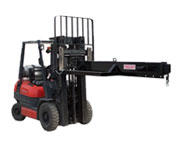
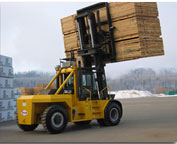
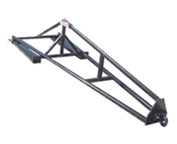
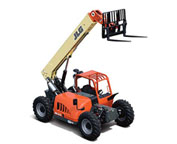
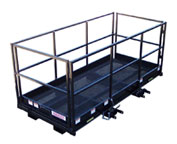
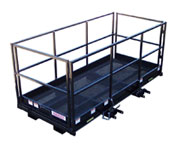
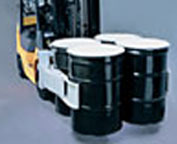
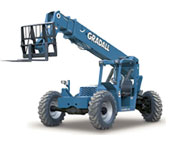
Lift Parts Express
TOLL FREE: 1-888-695-7994
Kelowna, British Columbia
forkliftpartskelowna.ca
Email Us
About Us


